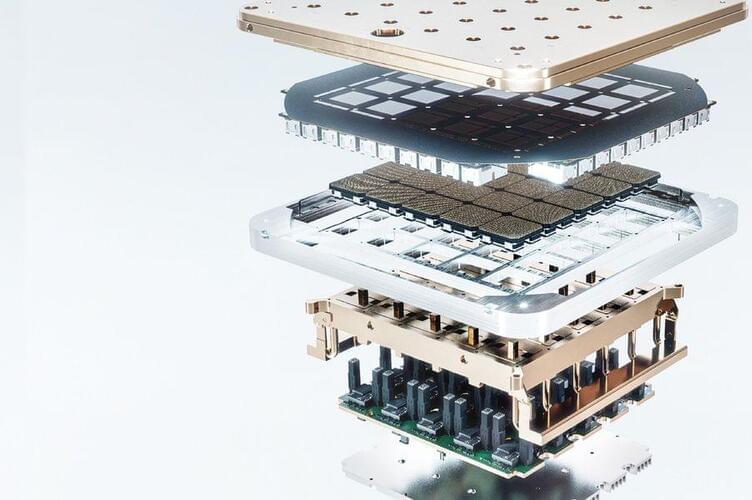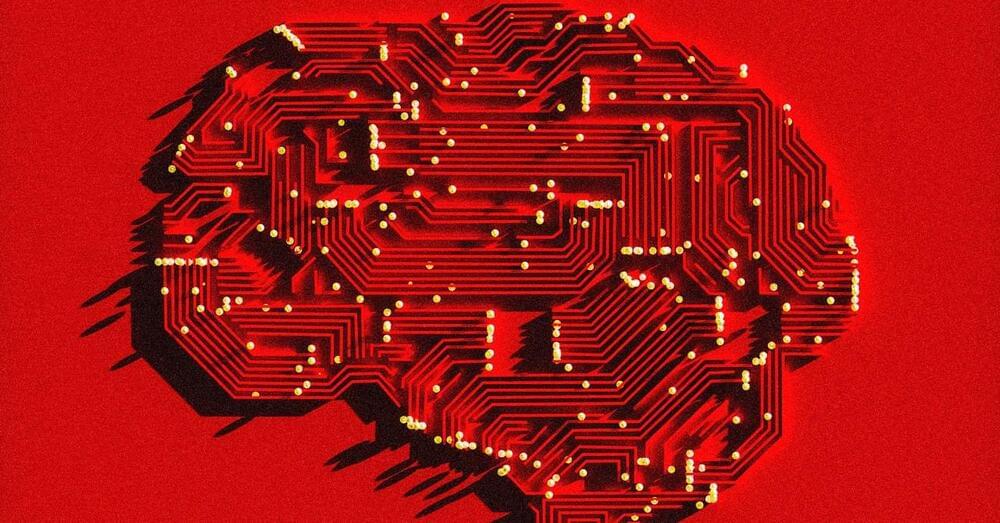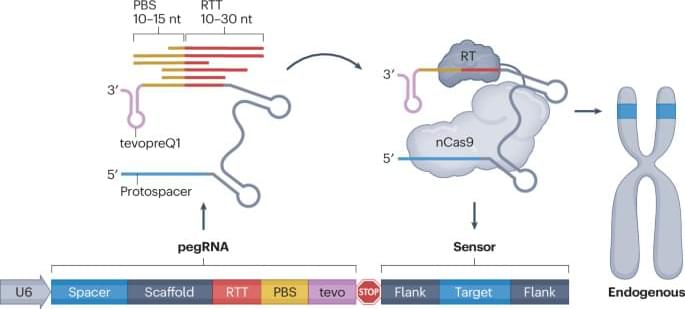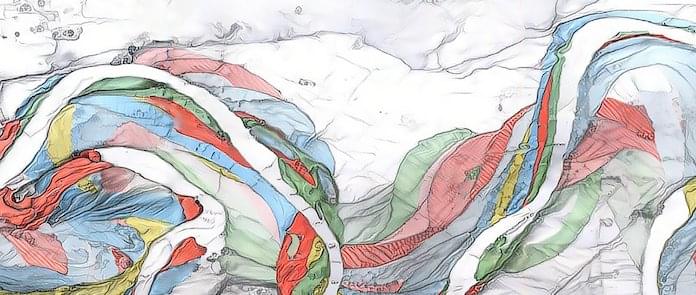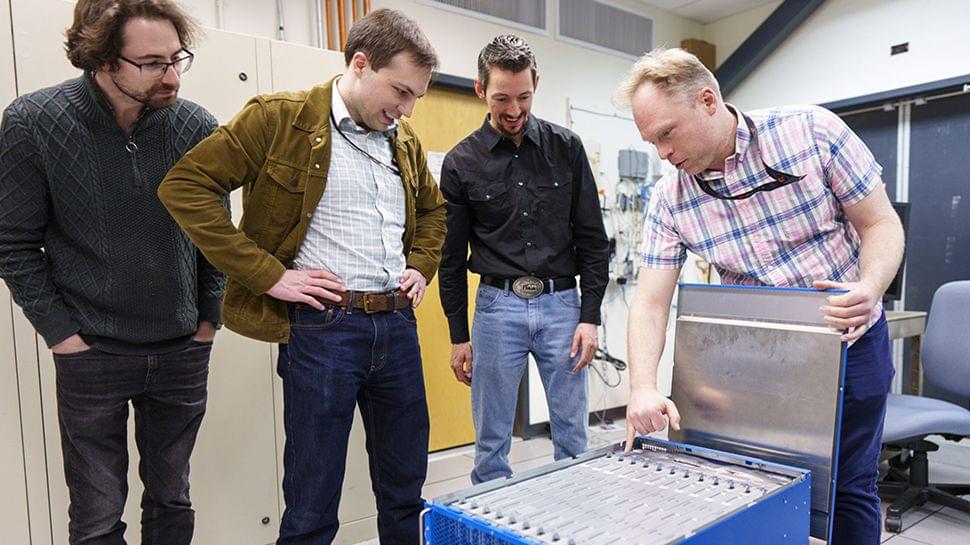Archive for the ‘computing’ category: Page 101
Apr 30, 2024
China Has a Controversial Plan for Brain-Computer Interfaces
Posted by Dan Breeden in categories: computing, neuroscience
China’s brain-computer interface technology is catching up to the US. But it envisions a very different use case: cognitive enhancement.
Apr 30, 2024
Astronomers’ simulations support dark matter theory
Posted by Dan Breeden in categories: computing, cosmology, physics
Computer simulations by astronomers support the idea that dark matter—matter that no one has yet directly detected but which many physicists think must be there to explain several aspects of the observable universe—exists, according to the researchers, who include those at the University of California, Irvine.
Apr 30, 2024
Prime editing sensors enable multiplexed genome editing
Posted by Dan Breeden in categories: biotech/medical, computing
In this Tools of the Trade article, Samuel Gould explains how prime editing sensors can improve experimental efficiency and can be designed using a computational tool he created and named PEGG.
Apr 30, 2024
New Photonic Chip: The Next Era of Computing
Posted by Dan Breeden in category: computing

Download Opera for free using https://opr.as/Opera-browser-anastasiintech Thanks Opera for sponsoring this video!Timestamps:00:00 — Intro00:52 — Computing w…
Apr 30, 2024
Research combines DNA origami and photolithography to move one step closer to molecular computers
Posted by Dan Breeden in categories: computing, nanotechnology
Molecular computer components could represent a new IT revolution and help us create cheaper, faster, smaller, and more powerful computers. Yet researchers struggle to find ways to assemble them more reliably and efficiently.
To help achieve this, scientists from the Institute of Physics of the Czech Academy of Sciences investigated the possibilities of molecular machine self-assembly building upon solutions honed by natural evolution and using synergy with current chip manufacturing.
There is a limit to the miniaturization of current silicon-based computer chips. Molecular electronics, using single-molecule-sized switches and memories, could provide a revolution in the size, speed and capabilities of computers while cutting down on their increasing power consumption, but their mass production is a challenge. Large-scale, low-defect, accessible nanofabrication and assembly of the components remains elusive. Inspiration taken from living nature could change this status quo.
Apr 30, 2024
Using chaos to characterize a programmable analog quantum simulator
Posted by Dan Breeden in categories: computing, quantum physics
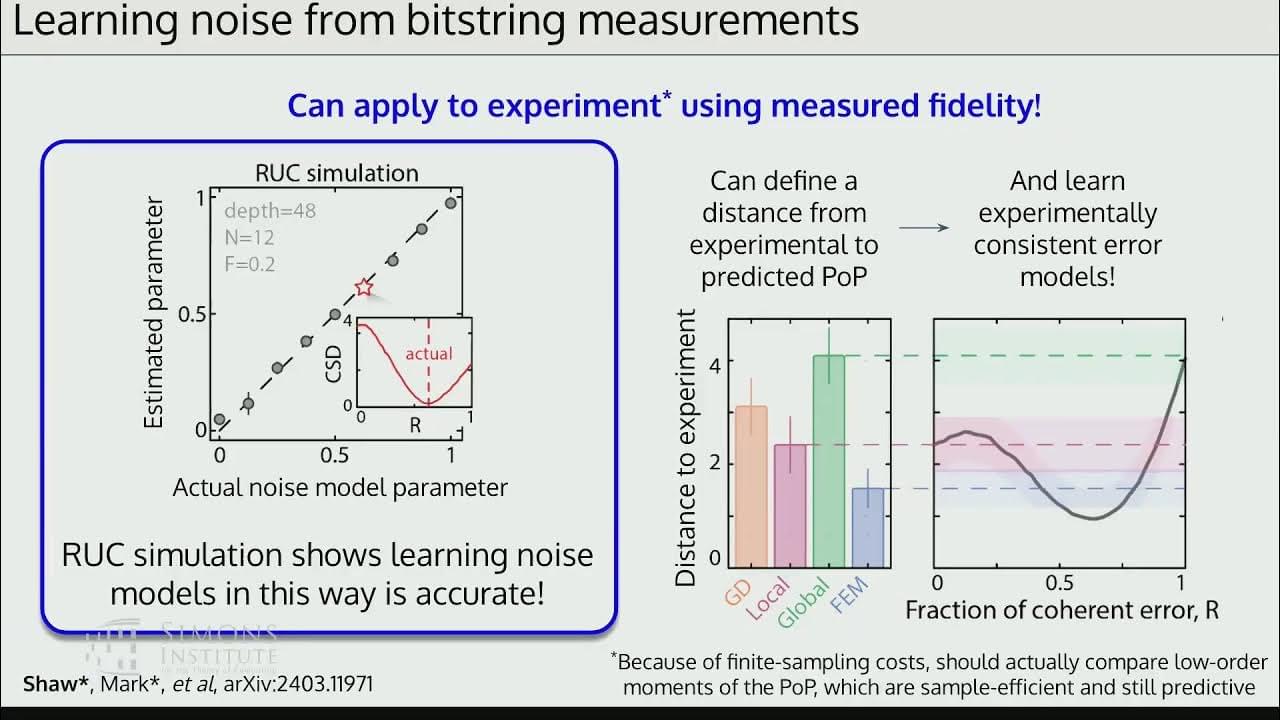
Adam Shaw (Caltech)https://simons.berkeley.edu/talks/adam-shaw-caltech-2024-04-23Near-Term Quantum Computers: Fault Tolerance + Benchmarking + Quantum Advant…
Apr 30, 2024
Researchers develop a new way to instruct dance in virtual reality
Posted by Shailesh Prasad in categories: biotech/medical, computing, virtual reality
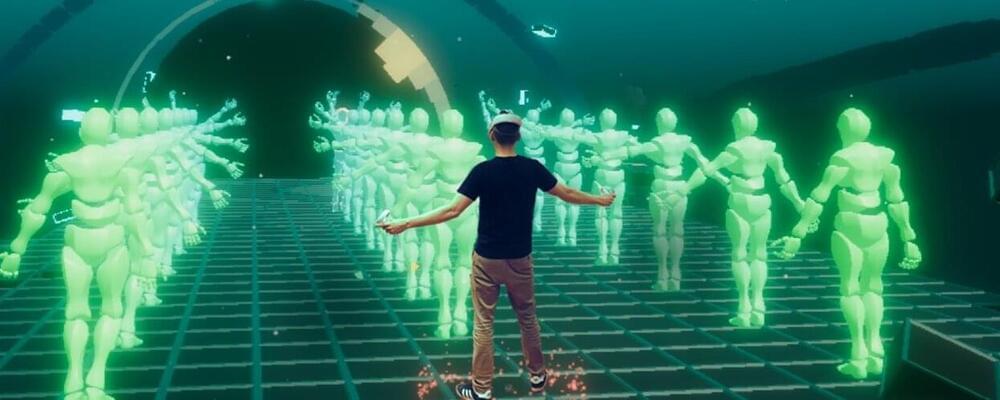
Researchers at Aalto University were looking for better ways to instruct dance choreography in virtual reality. The new WAVE technique they developed will be presented in May at the CHI conference for human-computer interaction research.
Previous techniques have largely relied on pre-rehearsal and simplification.
Continue reading “Researchers develop a new way to instruct dance in virtual reality” »
Apr 29, 2024
Resurrection through simulation: questions of feasibility, desirability and some implications
Posted by Dan Breeden in categories: computing, cryonics, information science, life extension, neuroscience
Could a future superintelligence bring back the already dead? This discussion has come up a while back (and see the somewhat related); I’d like to resurrect the topic because … it’s potentially quite important.
Algorithmic resurrection is a possibility if we accept the same computational patternist view of identity that suggests cryonics and uploading will work. I see this as the only consistent view of my observations, but if you don’t buy this argument/belief set then the rest may not be relevant.
The general implementation idea is to run a forward simulation over some portion of earth’s history, constrained to enforce compliance with all recovered historical evidence. The historical evidence would consist mainly of all the scanned brains and the future internet.
Apr 29, 2024
‘Inspired by the human brain’: Intel debuts neuromorphic system that aims to mimic grey matter with a clear aim — making the machine exponentially faster and much more power efficient, just like us
Posted by Dan Breeden in categories: computing, neuroscience
Neuromorphic computing is about mimicking the human brain’s structure to deliver more efficient data processing, including faster speeds and higher accuracy, and it’s a hot topic right now. A lot of universities and tech firms are working on it, including scientists at Intel who have built the world’s largest “brain-based” computing system for Sandia National Laboratories in New Mexico.
Intel’s creation, called Hala Point, is only the size of a microwave, but boasts 1.15 billion artificial neurons. That’s a massive step up from the 50 million neuron capacity of its predecessor, Pohoiki Springs, which debuted four years ago. There’s a theme with Intel’s naming in case you were wondering – they’re locations in Hawaii.
